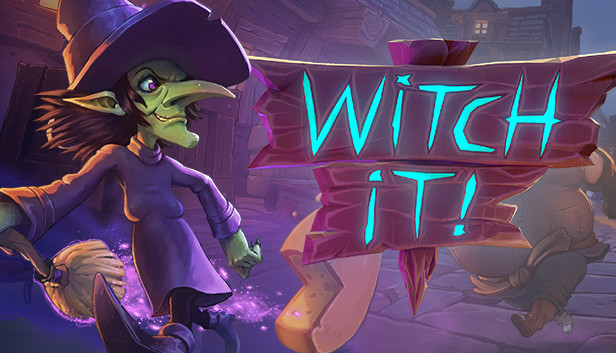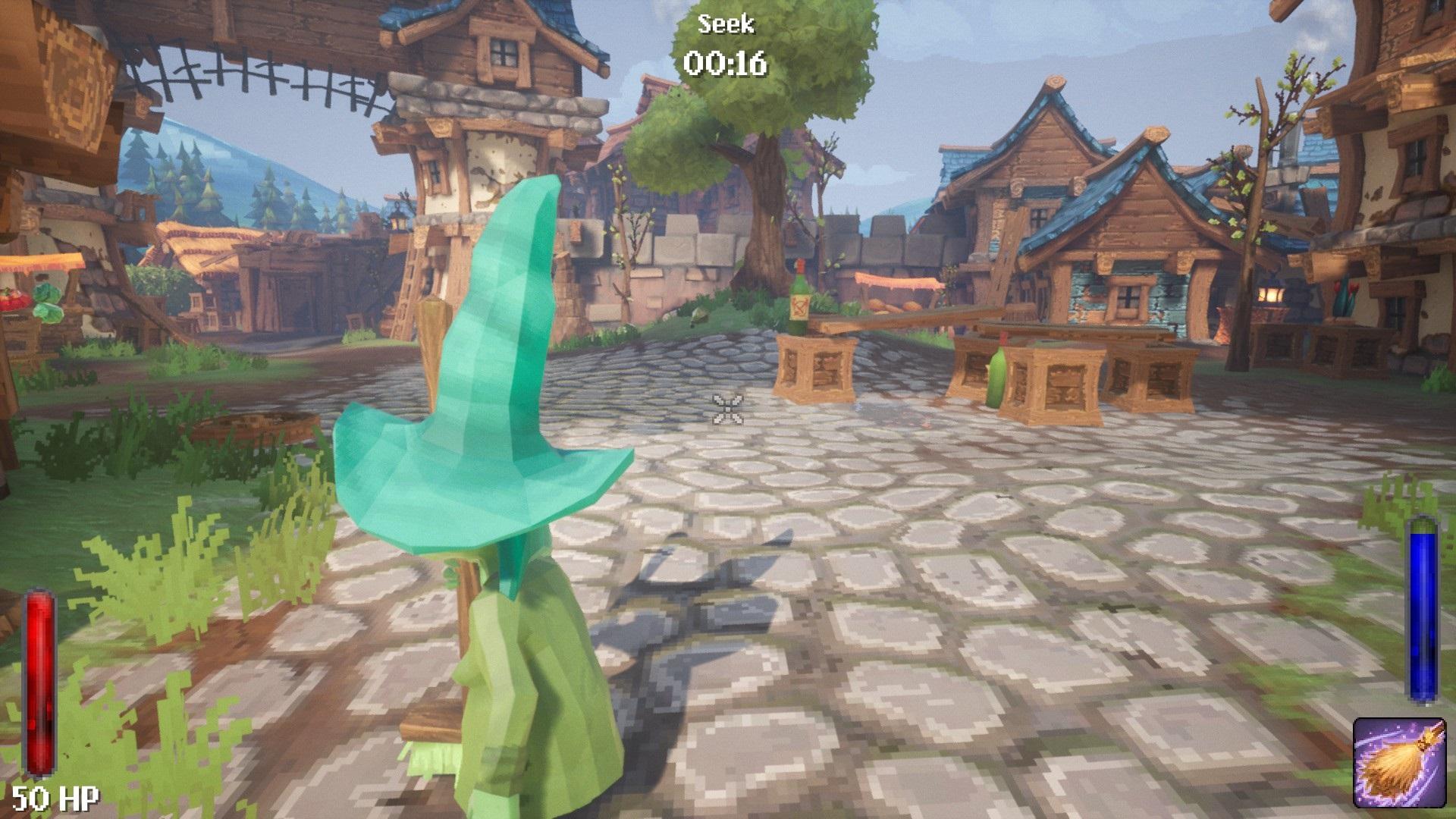
Of the 1.7 million people around the world who die each year because of a lack of sanitation and access to clean toilets, 600,000 live in India. Almost half of India’s households lack a toilet, according to the 2011 census, and many of those people defecate in the open. That year the three women found their male relatives routinely defecating in the plot of land where the sisters grew corn, lentils and peas. The violence and accusations against Madhuben, Susilaben and their sister-in-law began in 2012. Madhuben’s cheeks are hollow, the whites of her eyes visible. It has been three years since the attack and the sisters-in-law say it is not safe to discuss the witch hunt in their own home because they still live with the men who called them dakan and beat them. In December 2017 Susilaben and her sister-in-law, Madhuben, who were beaten during the witch hunt four years ago, sat on the dirt floor inside a friend’s house, talking to me. (Why are women accused of witchcraft? Read about research in rural China, where the charge seems used by a household to get land, money, or other resources from rivals.) Land Grabs, Health and Witches The women are learning the law, demanding a desk in the local police station so they can advocate for women who walk in to report violence, and they are pushing for witch hunting to be outlawed. It’s how we find strength,” one of them says.

At ANANDI, a Gujarati nonprofit that supports vulnerable communities, women sit in a circle on the floor and share samosas and stories. Women there are using their own resources to fighti back. Witches are also convenient explanations for rising infant mortality rates and deaths from malaria, typhoid and cholera.Ī few states have adopted anti–witch hunting laws, but Gujarat is not one of them. The accusations of sorcery are used to oust women from valuable land that men covet, in a region where flawed development plans have produced agricultural failures, say sociologists who study violence in India. Men who brand women as dakan capitalize on deeply rooted superstitions and systems built on misogyny and patriarchy to lay blame on females. Witch hunts primarily target women and exploit India’s caste system and culture of patriarchy. Activists and journalists say the number is much higher, because most states don’t list witchcraft as a motive of murder.


More than 2,500 Indians have been chased, tortured and killed in such hunts between 20, according to India’s National Crime Records Bureau. The attack on the trio, in Gujarat in 2014, was one of thousands of witch hunts that take place in India. (The names of women targeted by witch hunts have been changed in this story, to minimize the risk of further assault or of jeopardizing pending legal cases.) Her sisters-in-law, Susilaben and Kamlaben, covered their heads as wood and metal pounded their backs. She had taken three blows from one of the pipes and was sure her bones were broken. They were accused of feasting on the young men’s souls. Two young men had died in the village, and the women were being called dakan, the Gujarati word for witch. The women huddled on the ground at the center of their village in the western Indian state of Gujarat and whimpered as the crowd gathered.

Men circled the three women, their fists wrapped around thick iron pipes and wooden sticks.


 0 kommentar(er)
0 kommentar(er)
